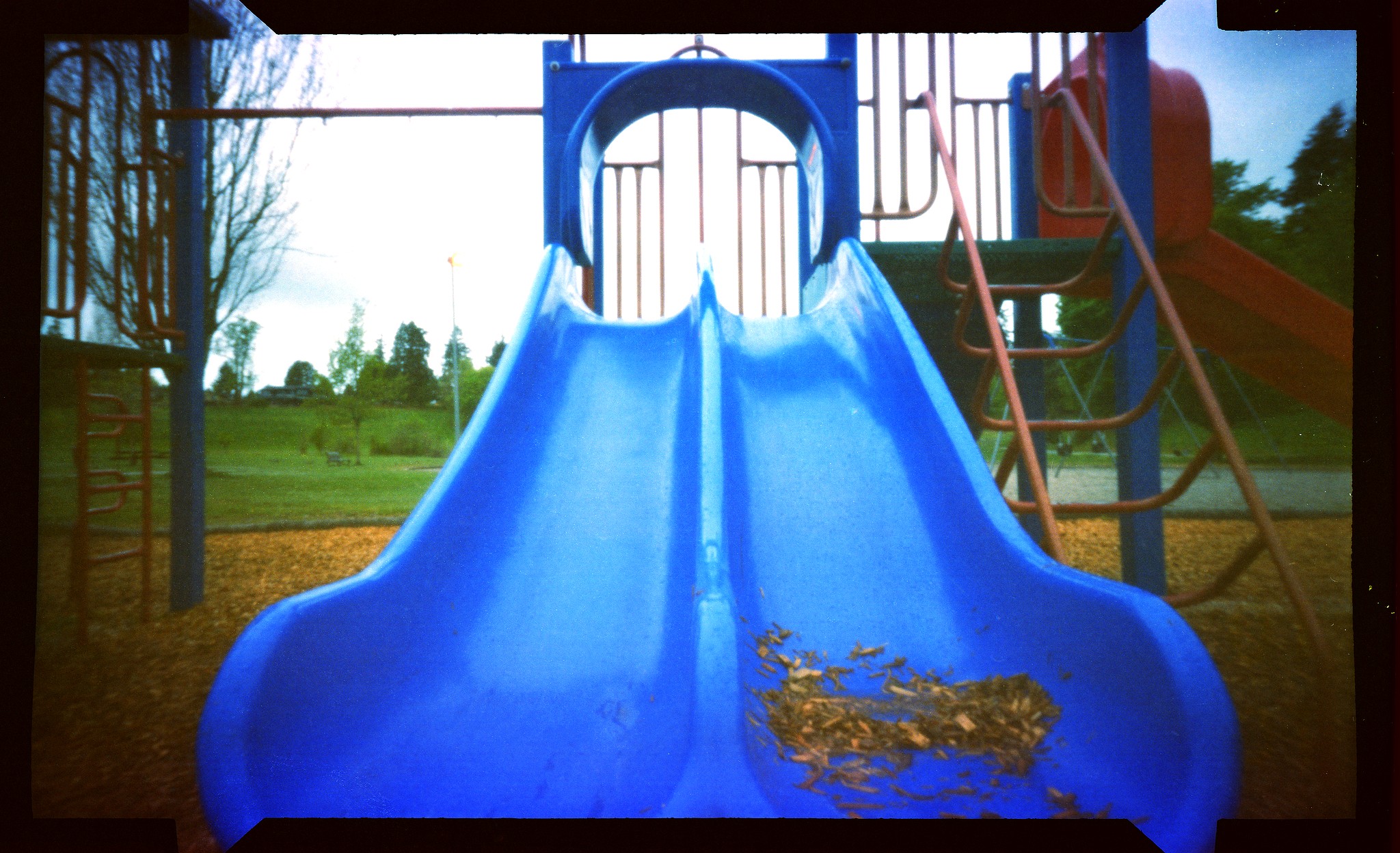This thread is the result of the discussion that arose in this thread started by Grandpa Ron: https://www.photrio.com/forum/threads/film-to-monitor.183873/
His initial post in that thread sets out two approaches he took to digitizing his pinhole negatives. I wanted to respond by talking about the special issues that pinhole represents, and how to deal with those issues, but felt constrained by the fact that the Pinhole Photography sub-forum is in a purely analog part of Photrio, and that discussions about digitizing techniques don't belong there - they belong in this part of the site.
So first, I thought I would quote Grandpa Ron's initial post, and then I'd make some observations about how digitization and pinhole can go together.
First the quote:
"Once I got reasonably happy with my PH techniques I wanted to share them. That meant they had to be digitized.
Putting a negative on a home scanner with an external light source shining down on it. This is a rather common technique. Unfortunately with 35 mm even the finest scan resolution available to me (2400 dpi), would show scan lines when enlarged to view on the monitor. I switched from 35 mm to 4x5 film which help considerably. Still, occasionally I still could detect some scan lines.
I watch a video on converting 35mm slides to digital with a light board and a digital camera with a close up lens. After making a light board I found I could buy and 9"x12" board used for artist tracing for $13.00, all I needed was a white sheet of plastic to defuse all the tiny little led lights. It is more uniform and brighter than my home made board.
This image is from the scanner.

This image is with the Light board. Using the digital camera has far better resolution and contrast.

This photo was taken in the woods on a sunny day, at with 200 ISO film and f360 for 60 sec.
I just thought I would add to the tribal knowledge of the board.
Have fun"
His initial post in that thread sets out two approaches he took to digitizing his pinhole negatives. I wanted to respond by talking about the special issues that pinhole represents, and how to deal with those issues, but felt constrained by the fact that the Pinhole Photography sub-forum is in a purely analog part of Photrio, and that discussions about digitizing techniques don't belong there - they belong in this part of the site.
So first, I thought I would quote Grandpa Ron's initial post, and then I'd make some observations about how digitization and pinhole can go together.
First the quote:
"Once I got reasonably happy with my PH techniques I wanted to share them. That meant they had to be digitized.
Putting a negative on a home scanner with an external light source shining down on it. This is a rather common technique. Unfortunately with 35 mm even the finest scan resolution available to me (2400 dpi), would show scan lines when enlarged to view on the monitor. I switched from 35 mm to 4x5 film which help considerably. Still, occasionally I still could detect some scan lines.
I watch a video on converting 35mm slides to digital with a light board and a digital camera with a close up lens. After making a light board I found I could buy and 9"x12" board used for artist tracing for $13.00, all I needed was a white sheet of plastic to defuse all the tiny little led lights. It is more uniform and brighter than my home made board.
This image is from the scanner.
This image is with the Light board. Using the digital camera has far better resolution and contrast.
This photo was taken in the woods on a sunny day, at with 200 ISO film and f360 for 60 sec.
I just thought I would add to the tribal knowledge of the board.
Have fun"



